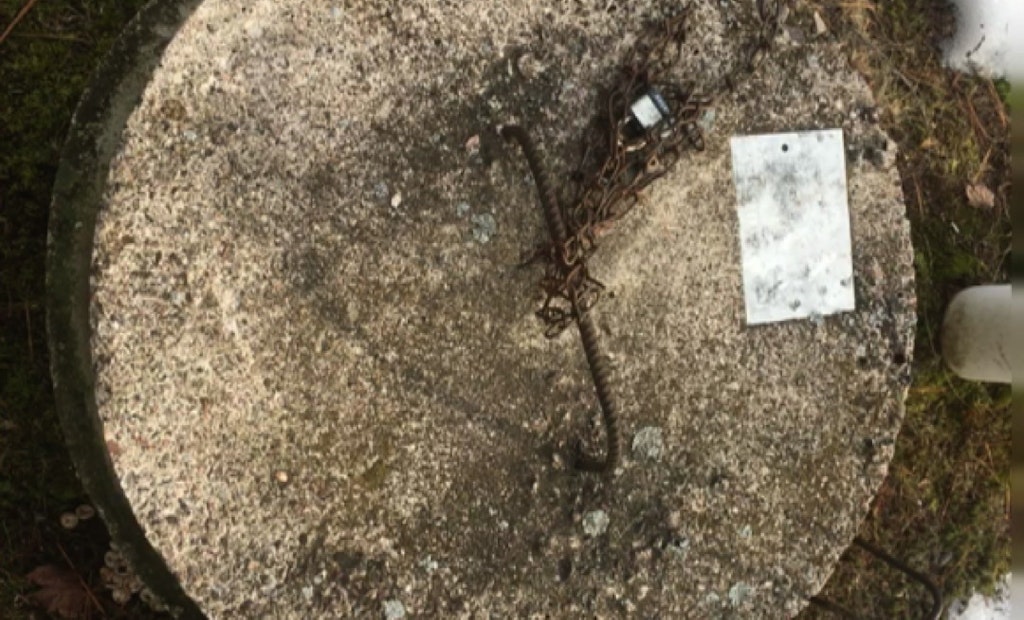
All systems and system components need periodic maintenance to keep them operating and performing. To make maintenance easier, as an industry we have moved to providing access to systems in a variety of ways. In general, we install shallower systems than in the past and we bring...





